- In Committee Assembly
- In Committee Senate
- On Floor Calendar Assembly
- On Floor Calendar Senate
- Passed Assembly
- Passed Senate
| Assembly Actions - Lowercase Senate Actions - UPPERCASE | |
|---|---|
| Apr 18, 2022 | recommit, enacting clause stricken |
| Mar 01, 2022 | opinion referred to judiciary |
| Jan 28, 2022 | to attorney-general for opinion |
| Jan 05, 2022 | referred to judiciary |
| Mar 04, 2021 | opinion referred to judiciary |
| Feb 09, 2021 | to attorney-general for opinion |
| Jan 08, 2021 | referred to judiciary |
co-Sponsors
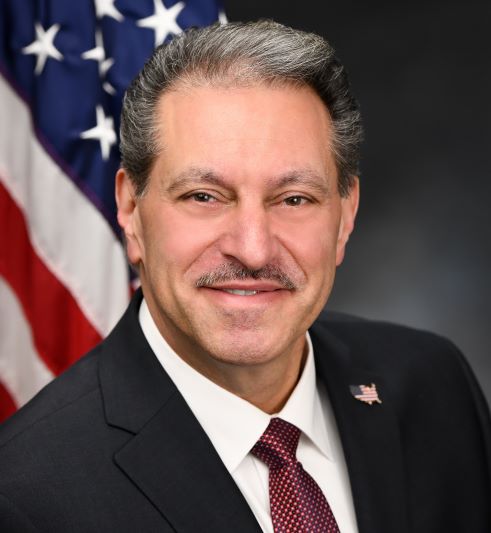
(D) 15th Senate District
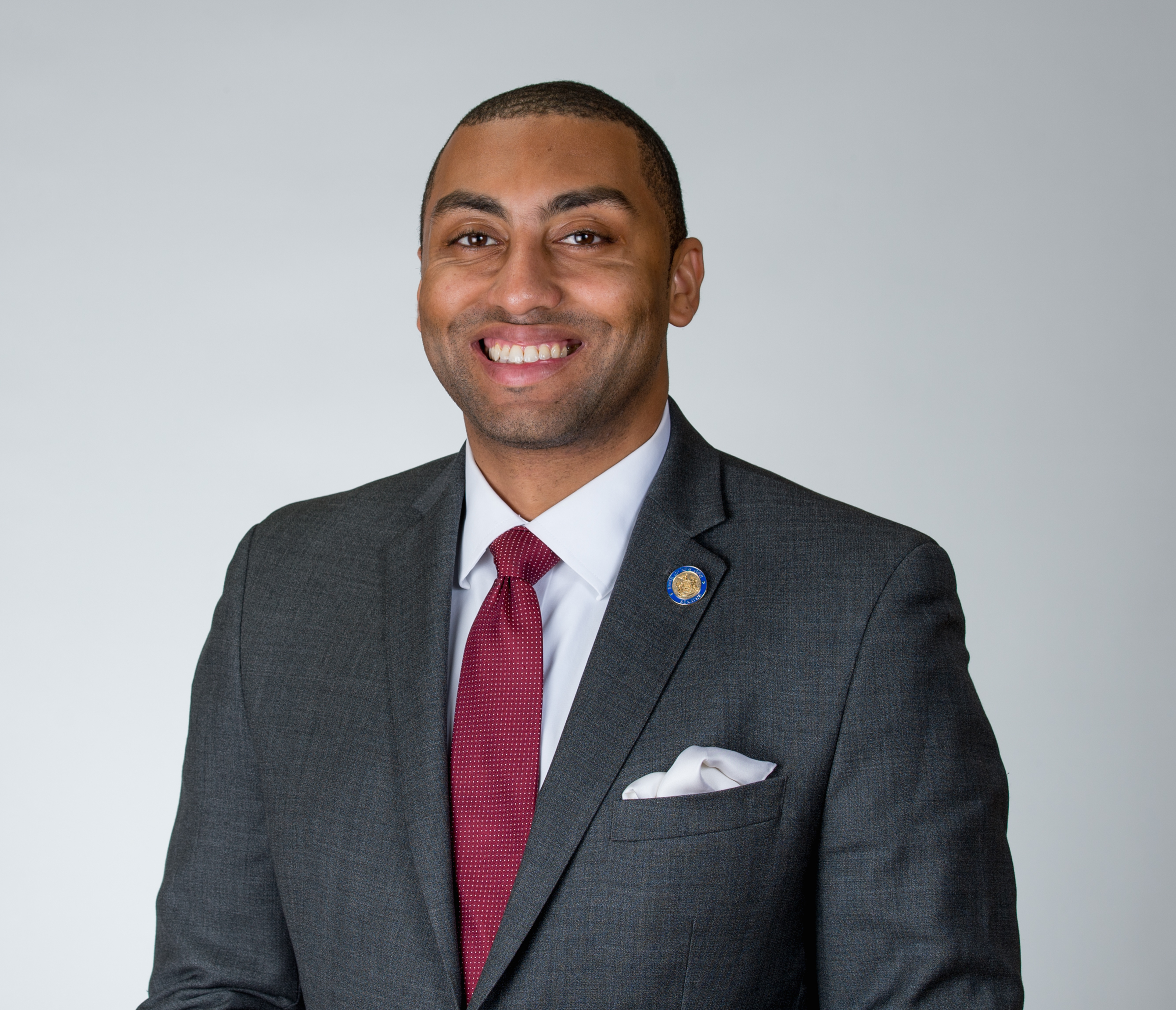
(D) 36th Senate District

(D, WF) Senate District

(D, WF) 46th Senate District
View additional co-sponsors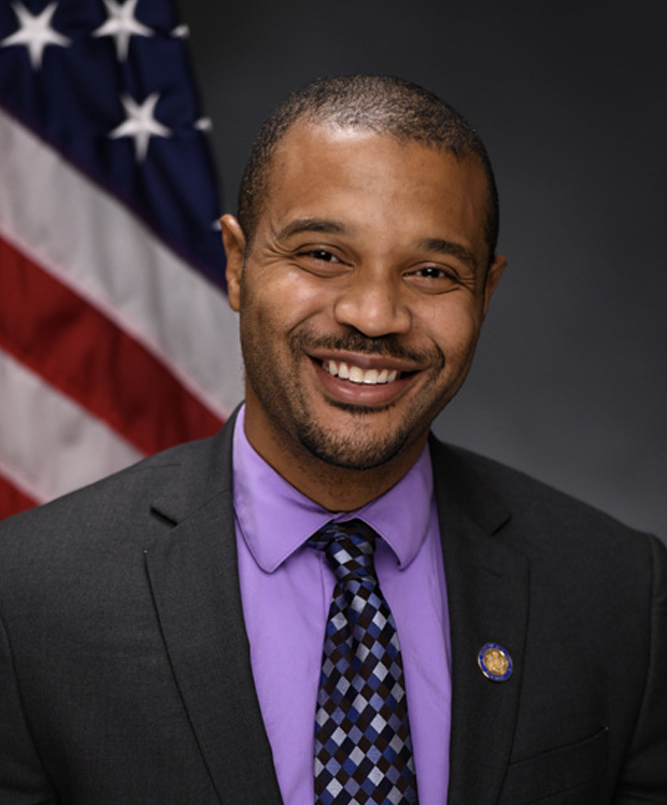
(D, WF) 25th Senate District
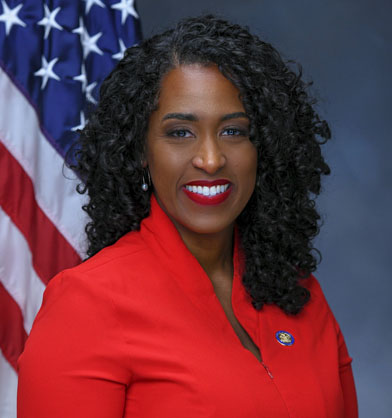
(D, WF) 55th Senate District
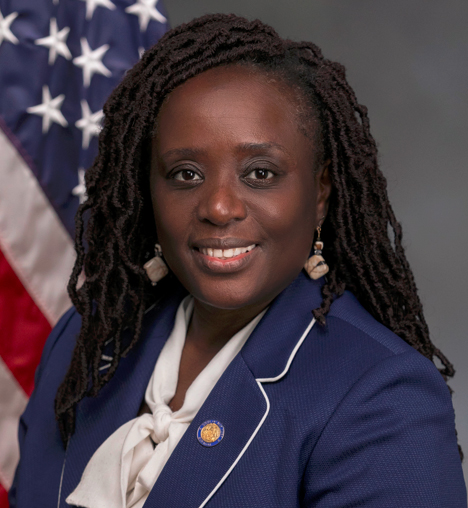
(D) 30th Senate District

(D) 14th Senate District
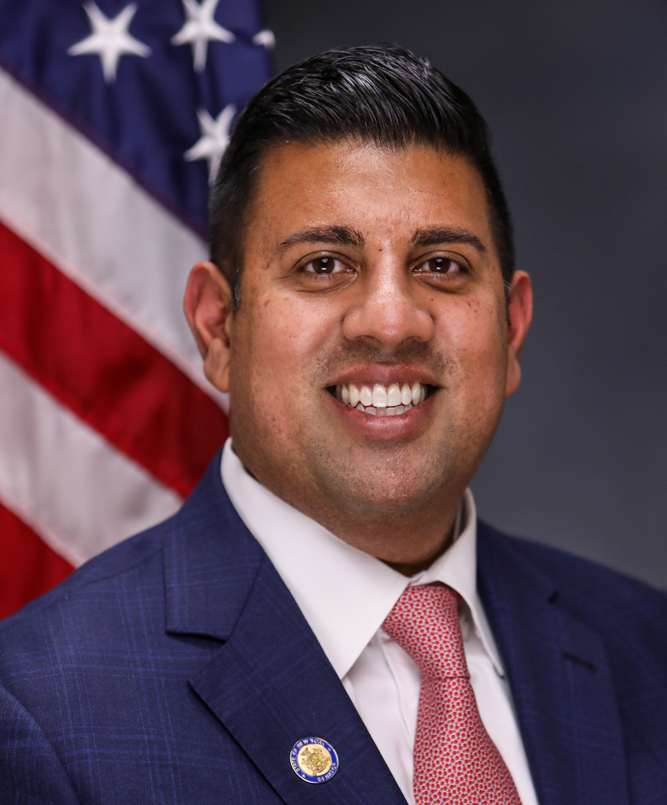
(D, WF) 56th Senate District
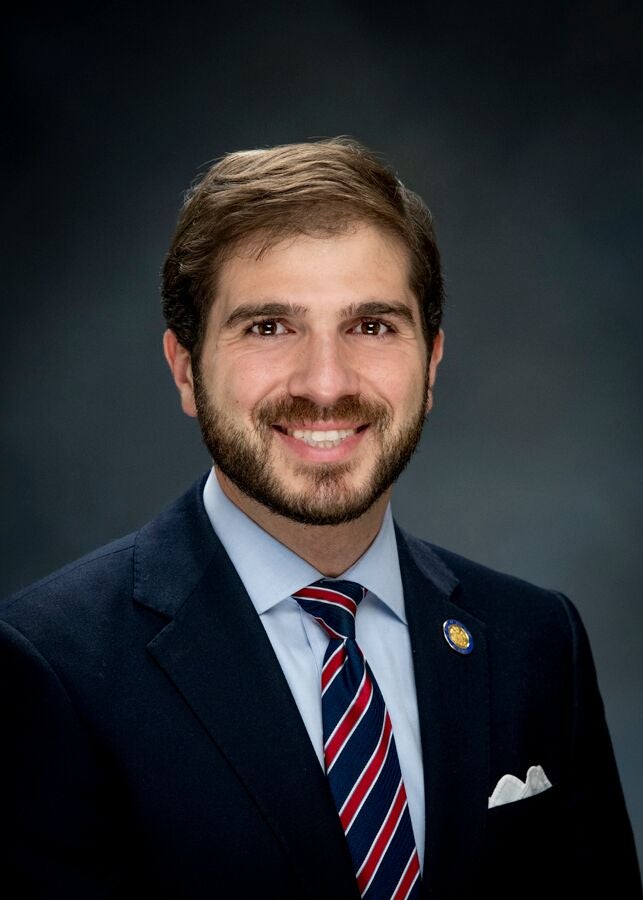
(D) 26th Senate District
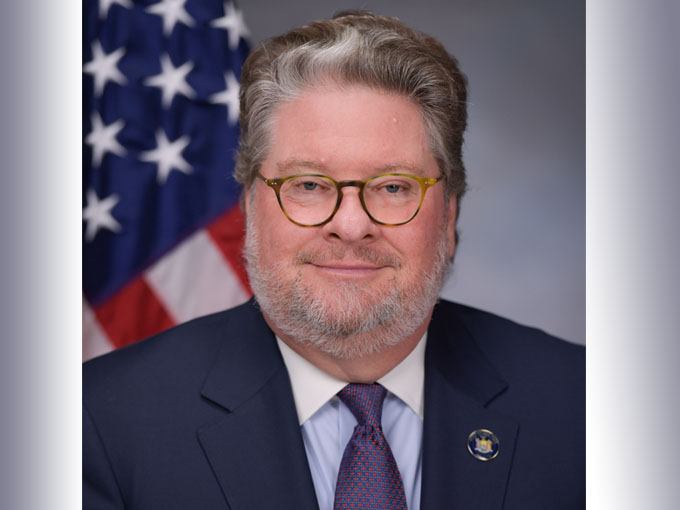
(D, WF) 40th Senate District
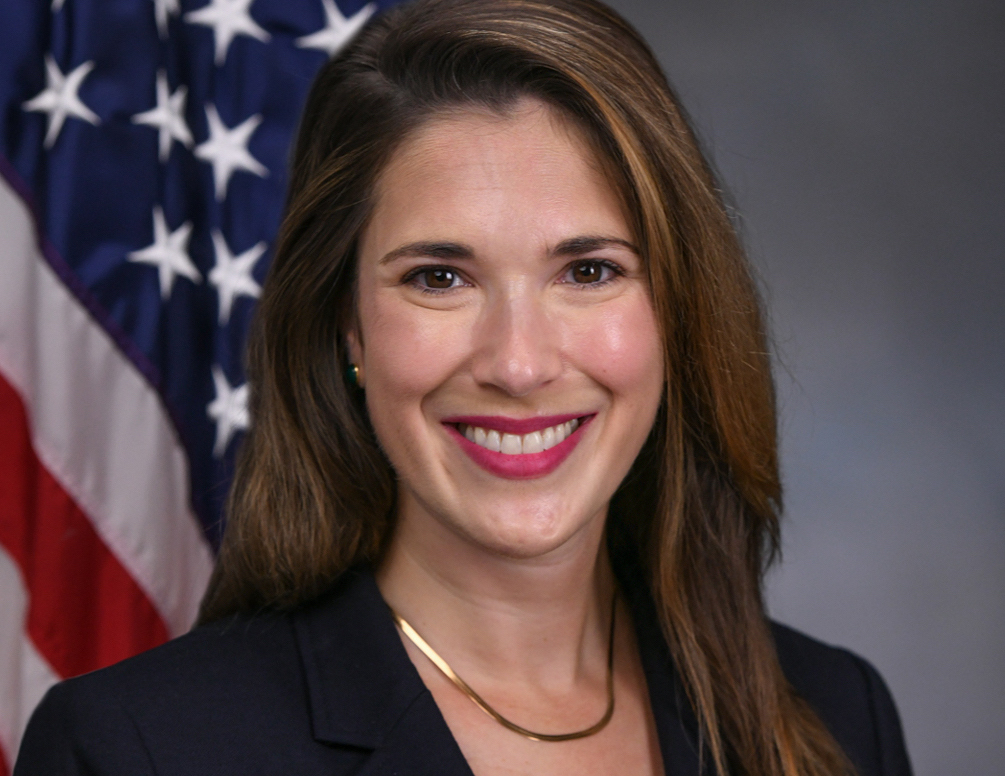
(D, WF) 41st Senate District
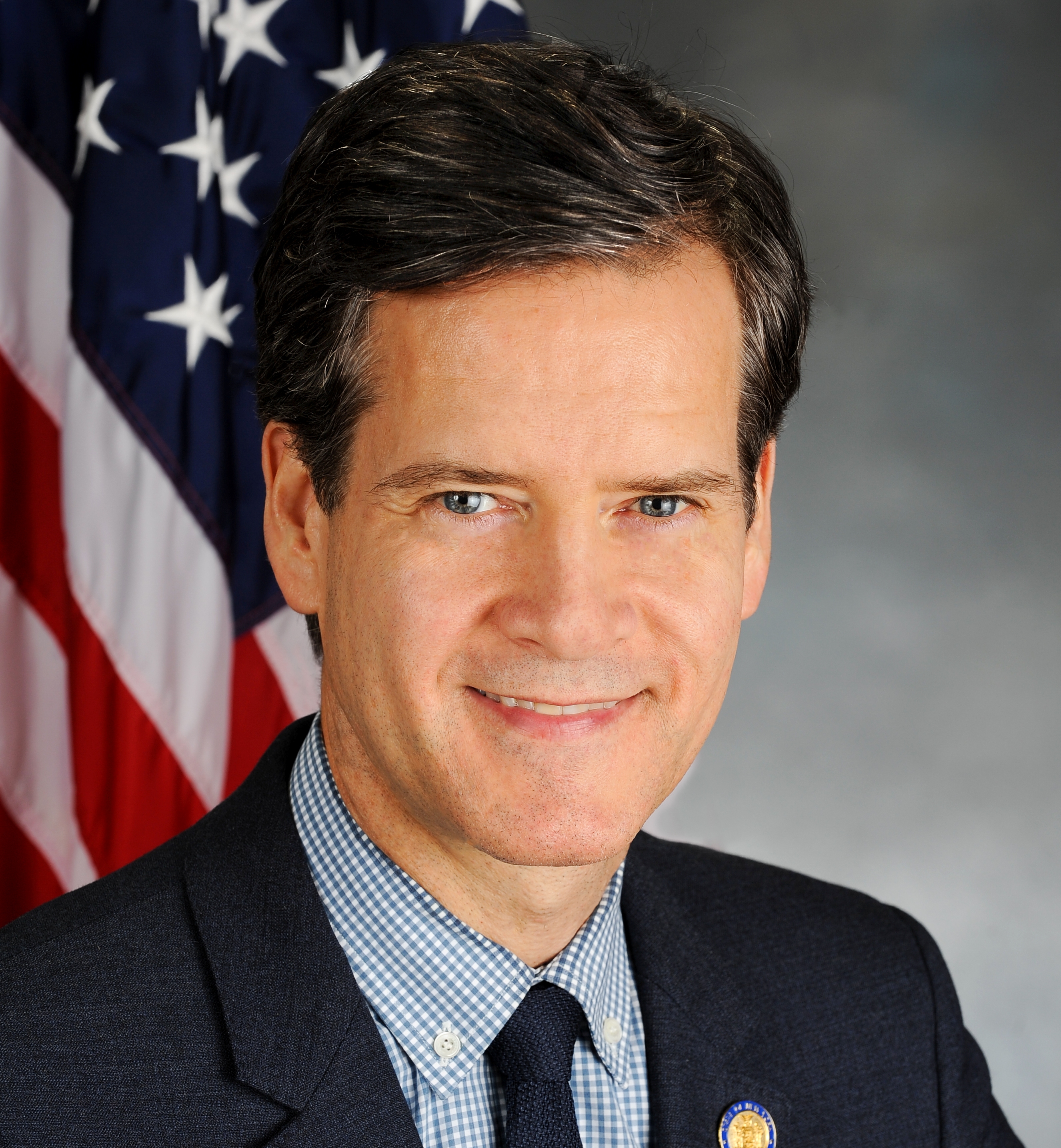
(D, WF) 47th Senate District

(D, WF) 31st Senate District
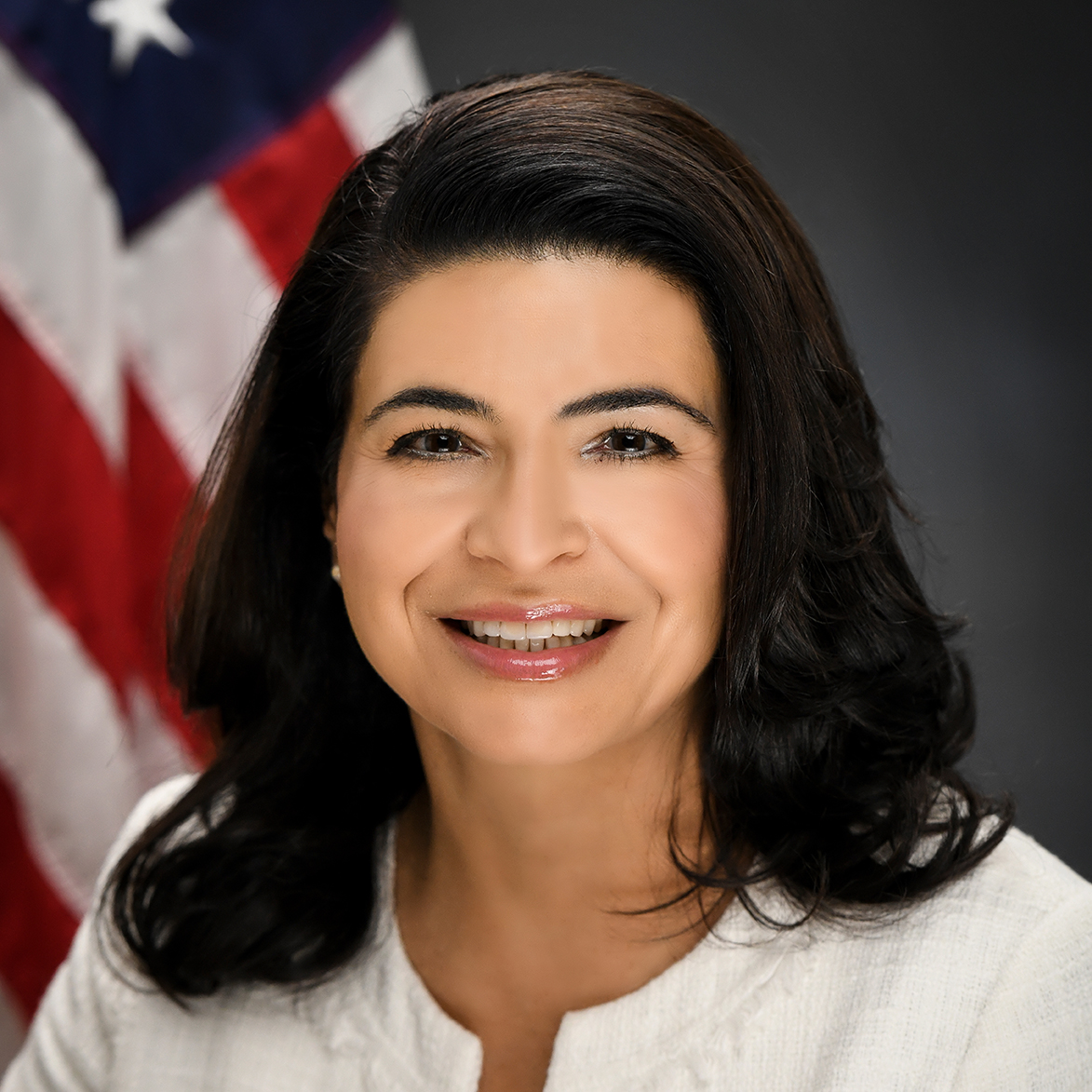
(D, IP, WF) Senate District
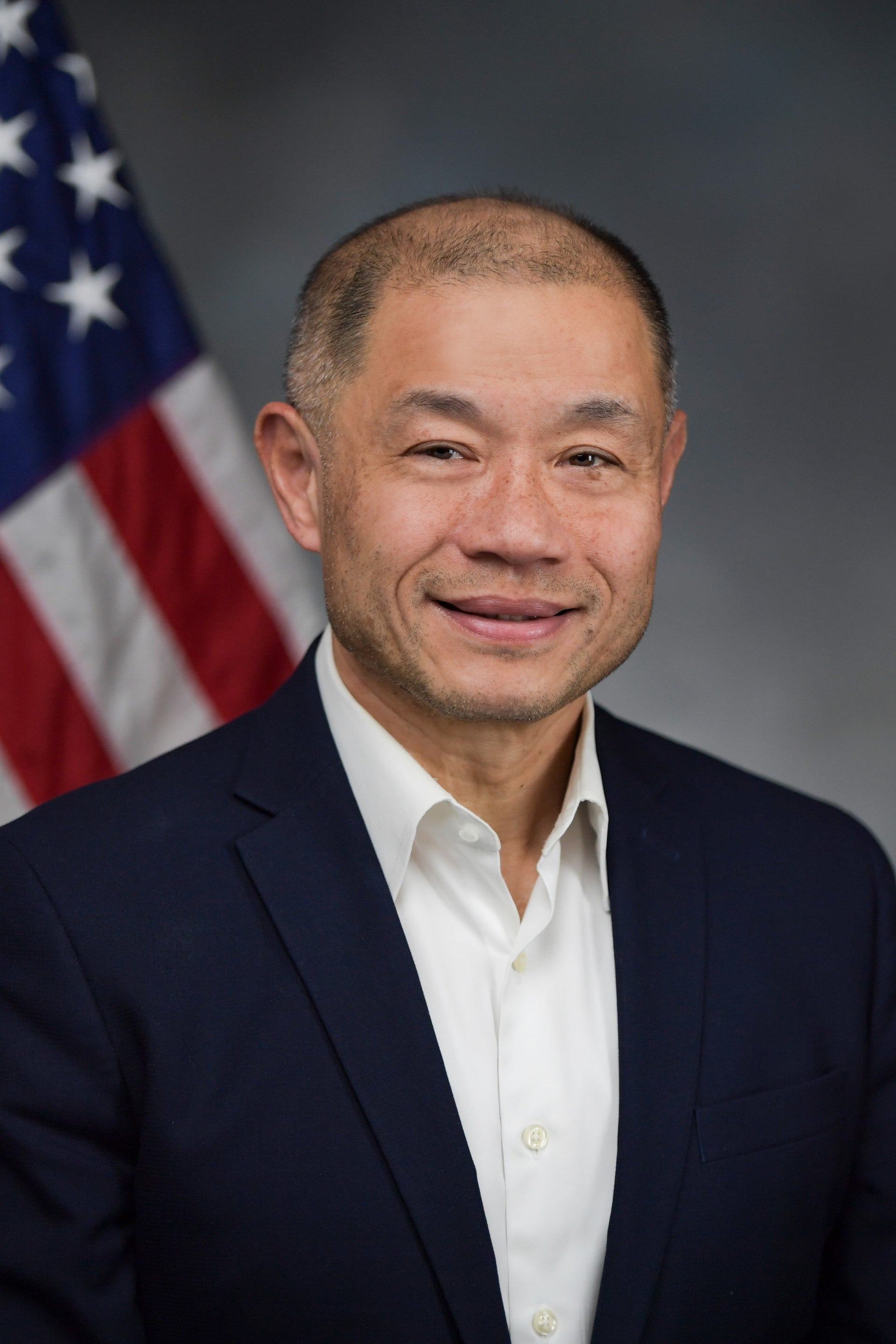
(D) 16th Senate District

(D) 50th Senate District

(D, WF) 48th Senate District

(D, WF) 37th Senate District
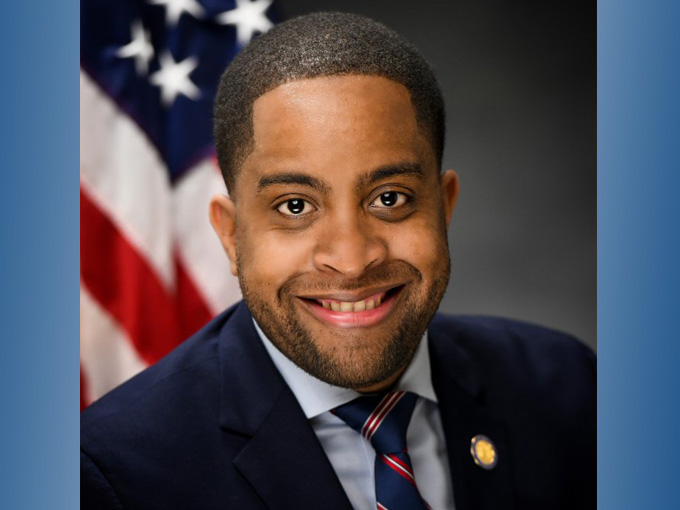
(D) 20th Senate District
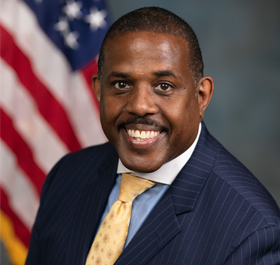
(D, WF) 21st Senate District
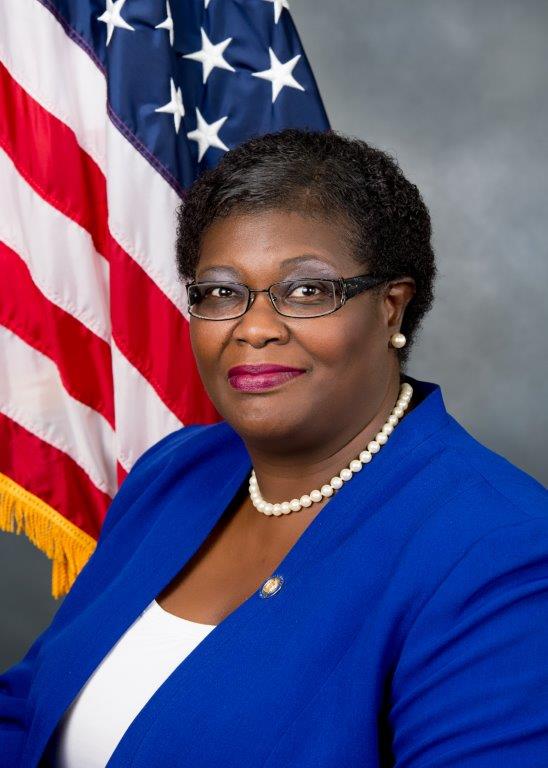
(D) 19th Senate District
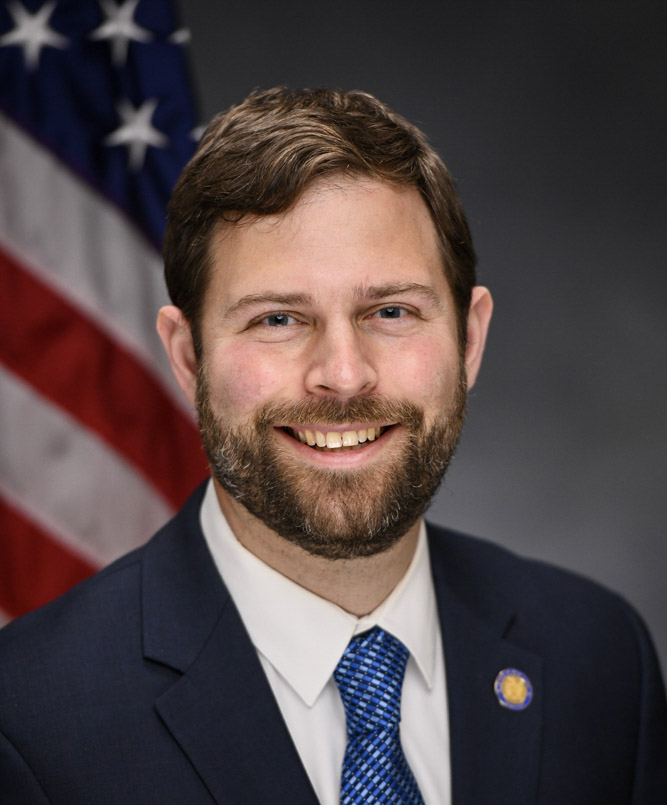
(D, WF) Senate District

(D, WF) 33rd Senate District

(D, WF) 18th Senate District
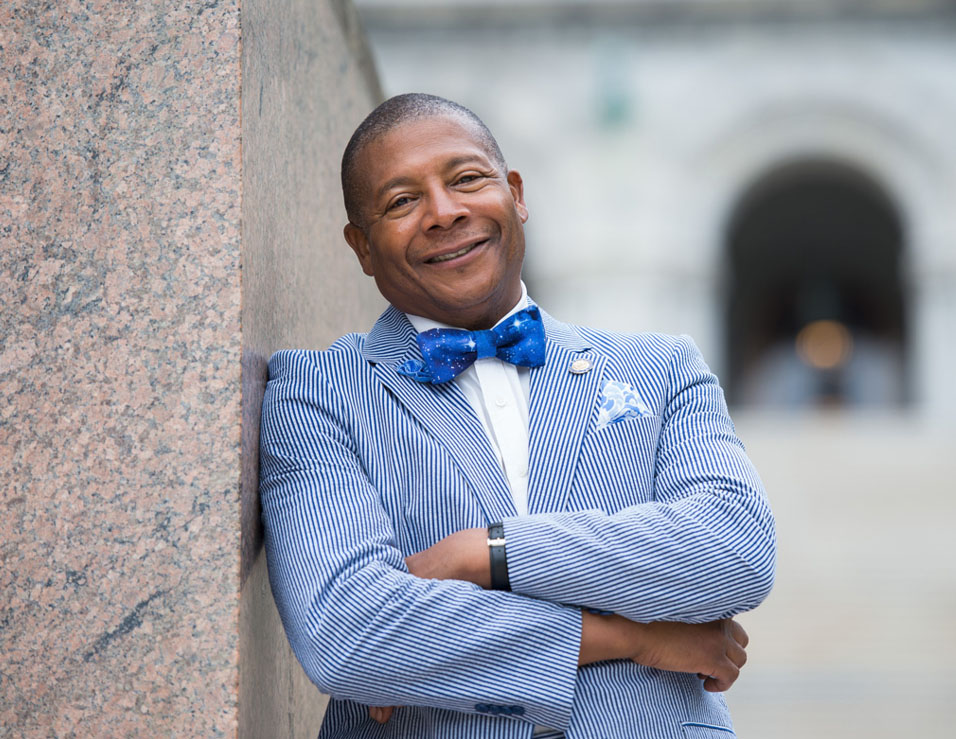
(D) 10th Senate District

(D) 32nd Senate District

(D, WF) 29th Senate District
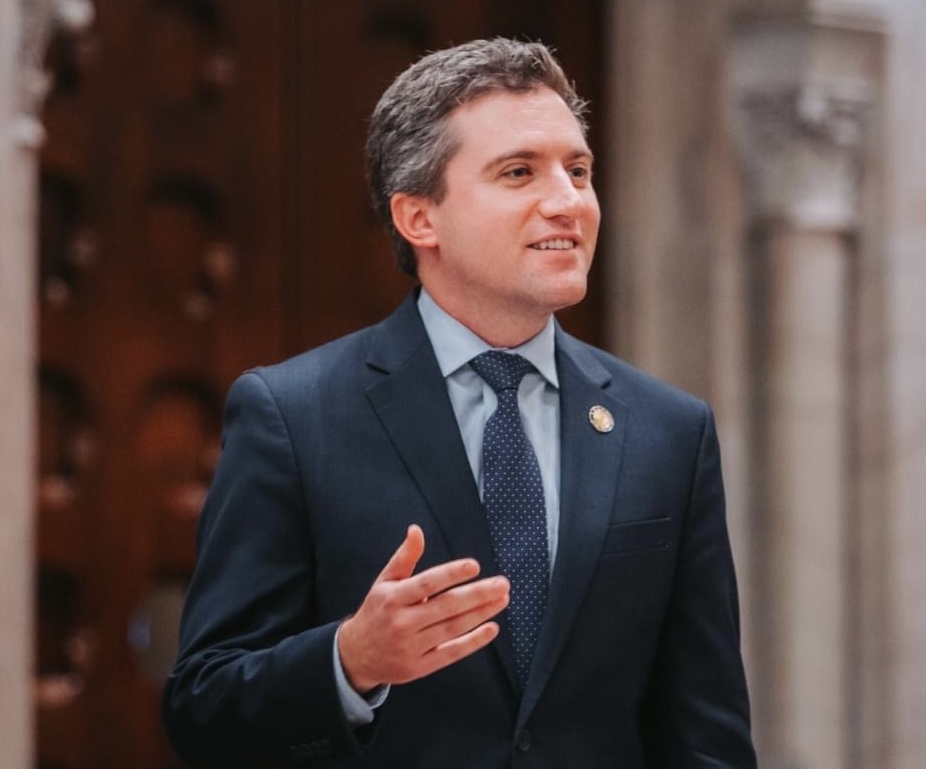
(D) 42nd Senate District

(D) 11th Senate District
2021-S1268 (ACTIVE) - Details
Law Section: Constitution, Concurrent Resolutions to Amend Laws Affected: Add Art 1 §19, Constn Versions Introduced in Other Legislative Sessions: 2017-2018: S7558
2019-2020: S517
2021-S1268 (ACTIVE) - Summary
Relates to equality of rights and protection against discrimination.
2021-S1268 (ACTIVE) - Sponsor Memo
BILL NUMBER: S1268 SPONSOR: KRUEGER TITLE OF BILL: CONCURRENT RESOLUTION OF THE SENATE AND ASSEMBLY proposing an amendment to article 1 of the constitution, in relation to equality of rights and protection against discrimination PURPOSE: New Yorkers deserve a Constitution that recognizes that every person has full and equal rights under the law regardless of whom they are, whom they love, or whom they worship. Because the New York Constitution's Bill of Rights does not currently contain an equal rights provision, a constitutional amendment is necessary to realize the promise of legal equality for all New Yorkers. This Equal Rights Amendment would create full, comprehensive, and equal legal protections for every individual in New York by, among other things, reflecting a commitment and pathway to eradicate the systemic racism that is woven through the fabric of our society - from health
care to voting rights to policing. As equal protection protections under the federal constitution are eroding, New York must act urgently to provide full legal equality in the state constitution. Beginning in the 1970s, the United States saw a widespread fight to include "sex" among the categories protected by the federal constitu- tion, known as the federal "Equal Rights Amendment." This amendment has its roots in that tradition, while also recognizing that our modern vision of equality demands comprehensive protection for women and all groups who have faced historical discrimination. Indeed, many individ- uals are themselves members of numerous communities, identities, and protected classes, and true equality demands protections that recognize the interconnected nature of discrimination. The amendment is our oppor- tunity to ensure that New York's constitutional language reflects that commitment to full equality before the law - by providing comprehensive legal protections that go above and beyond the protections of the feder- al constitution. The purpose of this amendment is to ensure that our state constitution gives all New Yorkers the right to be free from discrimination. It does so in three key ways. First, this amendment would expand the list of classes protected by the New York Constitution's existing second sentence of Article 1 Section 11, which bars discrimination against individuals based only on their race or religion. The existing constitutional language fails to fully reflect New York's commitment to inclusive equal rights. This amendment would expand the classes entitled to constitutional protection to recog- nize the need for comprehensive and intersectional equal rights under the law. Second, this amendment would provide protections that go above and beyond the protections secured under the federal equal protection clause by prohibiting conduct that discriminates in its effect. In Dorsey v. Stuyvesant Town Corp., 299 N.Y. 512 (1949), the New York Court of Appeals held that the first sentence of Article I, Section 11 shall be interpreted coextensively with the federal Constitution's equal protection clause, which has been applied by the federal courts to ban only discrimination that is intentional in nature. This amendment goes beyond the first sentence of Dorsey. By encompassing and prohibiting discriminatory impacts that result from the actions of government, employers, and places of public accommodation, this amendment provides a critical legal tool to dismantle facially "neutral" acts that in fact discriminate against members of a protected class. Enabling the law to recognize this type of systemic discrimination is a necessary step in dismantling systems of oppression that have prevented New Yorkers from achieving full equality for centuries. In addition, the amendment acknowledges and prohibits intentional discrimination based on religion while maintaining the current balance that courts have struck when considering religious liberty claims. This amendment expands constitutional protections against intentional discrimination based on religion by expanding prohibitions to private employers and providers of public accommodation. It also maintains the current Bill of Rights' existing robust protections against intentional religious discrimination while maintaining the state's ability to pass nondiscriminatory public health measures or equal protection laws. Third, the amendment expressly provides that the constitutional promise of equality and protections against discrimination shall be self-execut- ing and shall not require implementing legislation to be enforceable. The Court of Appeals also ruled in Dorsey that the second sentence of Article I, Section 11 is not self-executing and requires legislative action to be effective; this amendment would expressly avoid that result. SUMMARY OF PROVISIONS: Subsection (a) makes clear that equal rights may not be denied on account of race, color, ethnicity, national origin, disability, and sex including pregnancy and pregnancy outcomes, sexual orientation, gender identity, and gender expression. Discrimination with respect to, for instance, disability or pregnancy would include the failure to provide reasonable accommodations. Further, by including a prohibition on sex discrimination, this amendment prohibits discrimination on the basis of pregnancy and pregnancy outcomes. The amendment's explicit clarification however is critical. While federal courts, Congress, and the EEOC have recognized that sex discrimination includes discrimination based on pregnancy (including abortion), a lack of clarity on whether pregnancy discrimination transgresses the federal constitution still exists. See e.g. Geduldig v. Aiello, 417 U.S. 484 (1974). This translates in to New York law as well. For example, New York State courts have failed to recognize the New York State Patient Bill of Rights as applying to preg- nant patients, as well as constitutional and common law protections to privacy, bodily integrity, and medical decision-making throughout preg- nancy. See, e.g., Dray v. Staten Island University Hospital, Order, Genine Edwards, Supreme Court of the State of New York, Kings County, October 4, 2019. And increasingly across the country in virtual- ly every state, including New York, women face criminal and civil conse- quences in relationship to their pregnancies and pregnancy outcomes, including abortions, miscarriages, stillbirths, or other adverse outcomes. This is particularly important for women at the intersection of multiple marginalized identities, namely Black women and women of color, who are not only seen as less deserving of or fit for motherhood but further experience disproportionate discrimination in our criminal law system and health disparities likely to lead to adverse outcomes that put them under scrutiny and surveillance. It is not possible to achieve sex equality while prosecutors and state agencies single out pregnant people for punishment because of their pregnancy and the outcomes of their pregnancies. And while the right to abortion is also protected in the due process liberty right guaranteed by our State Constitution, it too is a matter of fundamental equality. Indeed, the Supreme Court has already acknowledged that the right to make decisions about reproductive health, including abortion, is central to women's equality. Subsection (b) bars discrimination in both intent and impact by govern- ment entities, as well as barring discrimination in both intent and impact by entities in the provision of public accommodations, employ- ment, or personnel practices. Subsection (c) bars intentional discrimination on account of religion and specifies that free exercise of religion claims will continue to be decided under section 3 of the Bill of Rights. It is the intent of the sponsors that adoption of this equal rights amendment will not affect the constitutional and statutory status quo with respect to discrimi- nation on the basis of religion and the free exercise of religion, as well as separation of church and state. Therefore this subsection does not allow a person to claim that a general law or policy has a discrimi- natory impact on their religion. Prohibiting discriminatory impact against religion would mean that any religious practice or belief could be used as a reason not to comply with a requirement of law, which this amendment does not intend to do. Thus the amendment would not support the kind of result reached in Burwell v. Hobby Lobby, Stores, Inc., 573 U.S. 682 (2014) (The Religious Freedom Restoration Act, commonly known as RFRA, exempts a closely held corporation with religious objections from complying with a federal health care requirement that employers maintain insurance coverage that includes contraception.) New York constitutional law is contrary to Burwell and this amendment does not intend to change but rather to confirm existing law on this question. See Catholic Charities of the Diocese of Albany v. Serio, 3 NY3d 510 (2006) (Faith based social service organizations are not deprived of the free exercise of religion guaranteed by section 3 of the New York Bill of Rights by having to obey a legal requirement that insurance coverage must include contraception.) Subsection (d) protects the validity of efforts to remedy or ameliorate demonstrated past discrimination on the basis of a protected character- istic. Subsection (e) asserts that the section is self-executing, not requiring additional legislative action to make it effective; and provides that the legislature may expand upon its protection of equal rights. EXISTING LAW: Section 11 of the Bill of Rights, which will continue after the adoption of this equal rights amendment, contains a provision that tracks the wording of the federal equal protection clause and bars governmental and private discrimination in civil rights on the basis of race, color, creed or religion. In furtherance of this provision, state and local governments have adopted civil rights and human rights laws banning discrimination on many grounds which will also remain in force to the extent that they do not diminish the protections afforded by this amend- ment. JUSTIFICATION: The concept of equality under the law is a foundational principle of our democracy, but our understanding of which groups deserve and receive legal protections has changed dramatically over our history. The New York Constitution was last amended to address this topic in 1938 when section 11 was adopted, prior to the civil rights movement, the movement for gender equality, the LGBTQ movement, the disability rights movement and the many developments in anti-discrimination law. As a beacon of our future, New York's Constitution must reflect our broad conception of equal rights and protections against discrimination, whether isolated or systemic, and must provide a pathway for vindicating these rights. FISCAL IMPLICATIONS: To Be Determined
2021-S1268 (ACTIVE) - Bill Text download pdf
S T A T E O F N E W Y O R K ________________________________________________________________________ 1268 2021-2022 Regular Sessions I N S E N A T E January 8, 2021 ___________ Introduced by Sens. KRUEGER, BAILEY, BENJAMIN, BIAGGI, BRESLIN, COMRIE, HARCKHAM, HOYLMAN, JACKSON, KAPLAN, LIU, MAY, MAYER, PARKER, PERSAUD, SALAZAR, SANDERS, SEPULVEDA, SERRANO, STAVISKY -- read twice and ordered printed, and when printed to be committed to the Committee on Judiciary CONCURRENT RESOLUTION OF THE SENATE AND ASSEMBLY proposing an amendment to article 1 of the constitution, in relation to equality of rights and protection against discrimination Section 1. Resolved (if the Assembly concur), That article 1 of the constitution be amended by adding a new section 19 to read as follows: § 19. (A) NO PERSON SHALL BE DENIED EQUAL RIGHTS UNDER THE LAWS OF THIS STATE OR ANY SUBDIVISION THEREOF BASED ON THAT PERSON'S RACE, COLOR, ETHNICITY, NATIONAL ORIGIN, DISABILITY, OR SEX INCLUDING PREGNAN- CY AND PREGNANCY OUTCOMES, SEXUAL ORIENTATION, GENDER IDENTITY, AND GENDER EXPRESSION. (B) NO GOVERNMENT ENTITY, NOR ANY ENTITY ACTING IN CONCERT WITH OR ON BEHALF OF THE GOVERNMENT, NOR ANY ENTITY IN ITS PROVISION OF PUBLIC ACCOMMODATIONS, EMPLOYMENT, OR PERSONNEL PRACTICES SHALL DISCRIMINATE AGAINST ANY PERSON IN EITHER INTENT OR EFFECT BASED ON THE CHARACTER- ISTICS LISTED IN SUBDIVISION (A) OF THIS SECTION. (C) NO GOVERNMENT ENTITY, NOR ANY ENTITY ACTING IN CONCERT WITH OR ON BEHALF OF THE GOVERNMENT, NOR ANY ENTITY IN THE PROVISION OF PUBLIC ACCOMMODATIONS, EMPLOYMENT, OR PERSONNEL PRACTICES SHALL DISCRIMINATE AGAINST ANY PERSON BASED ON THAT PERSON'S RELIGION. IN INTERPRETING THIS SECTION, THE COURTS SHALL ANALYZE CLAIMS OF RELIGIOUS DISCRIMINATION UNDER THE SAME ANALYSIS AND STANDARDS APPLIED TO CLAIMS UNDER SECTION THREE OF THIS ARTICLE. (D) NOTHING IN THIS SECTION SHALL INVALIDATE OR PREVENT THE ADOPTION OF ANY LAW, REGULATION, PROGRAM, OR PRACTICE THAT IS DESIGNED TO REMEDY OR AMELIORATE DEMONSTRATED PAST DISCRIMINATION ON THE BASIS OF A CHARAC- TERISTIC LISTED IN THIS SECTION. EXPLANATION--Matter in ITALICS (underscored) is new; matter in brackets [ ] is old law to be omitted.
LBD89009-01-1 S. 1268 2 (E) THIS SECTION SHALL BE SELF-EXECUTING. THE LEGISLATURE MAY EXPAND UPON THE ENTITLEMENT TO EQUAL RIGHTS AND FREEDOM FROM DISCRIMINATION HEREBY SECURED. § 2. Resolved (if the Assembly concur), That the foregoing amendment be referred to the first regular legislative session convening after the next succeeding general election of members of the assembly, and, in conformity with section 1 of article 19 of the constitution, be published for three months previous to the time of such election.
Comments
Open Legislation is a forum for New York State legislation. All comments are subject to review and community moderation is encouraged.
Comments deemed off-topic, commercial, campaign-related, self-promotional; or that contain profanity, hate or toxic speech; or that link to sites outside of the nysenate.gov domain are not permitted, and will not be published. Attempts to intimidate and silence contributors or deliberately deceive the public, including excessive or extraneous posting/posts, or coordinated activity, are prohibited and may result in the temporary or permanent banning of the user. Comment moderation is generally performed Monday through Friday. By contributing or voting you agree to the Terms of Participation and verify you are over 13.
Create an account. An account allows you to sign petitions with a single click, officially support or oppose key legislation, and follow issues, committees, and bills that matter to you. When you create an account, you agree to this platform's terms of participation.